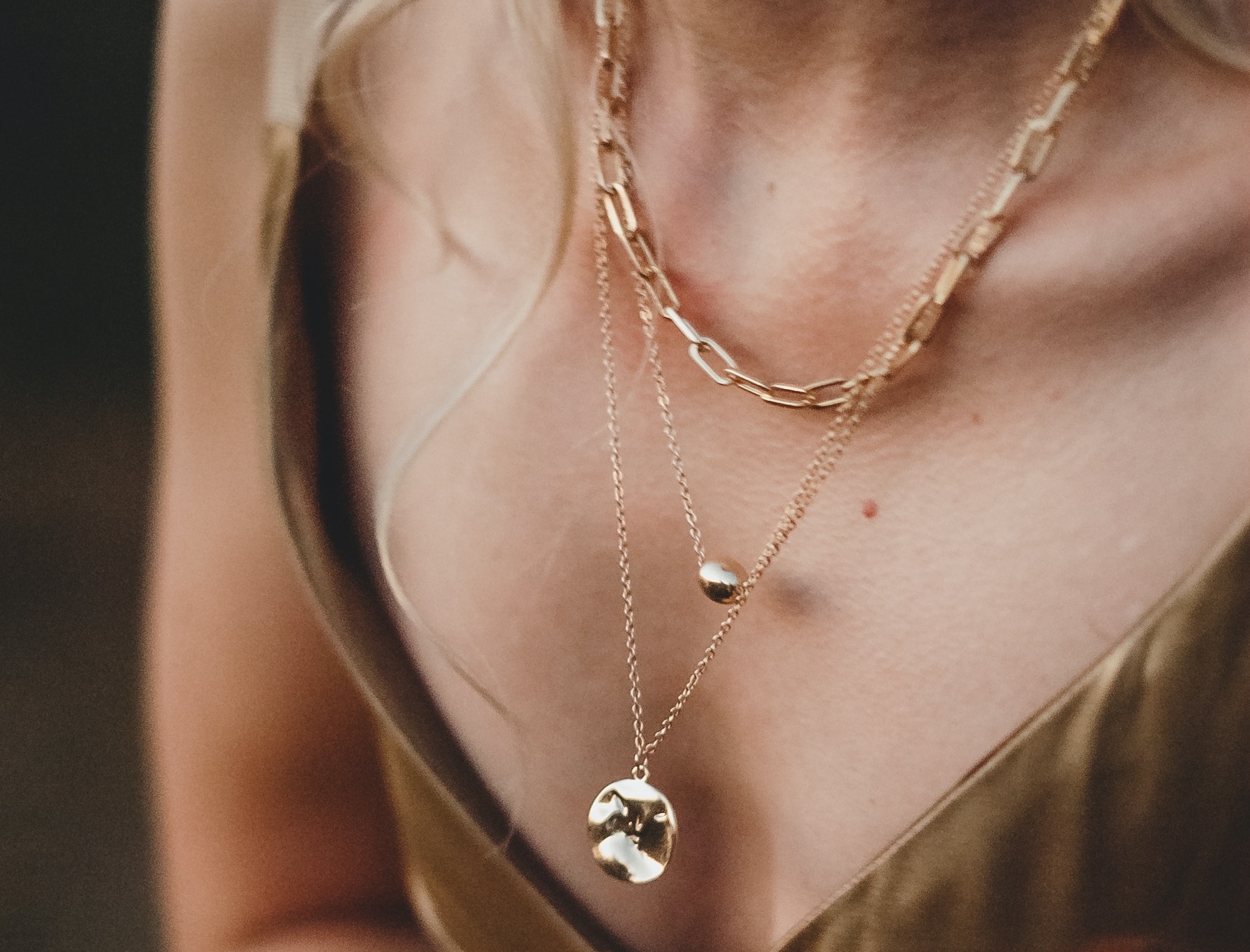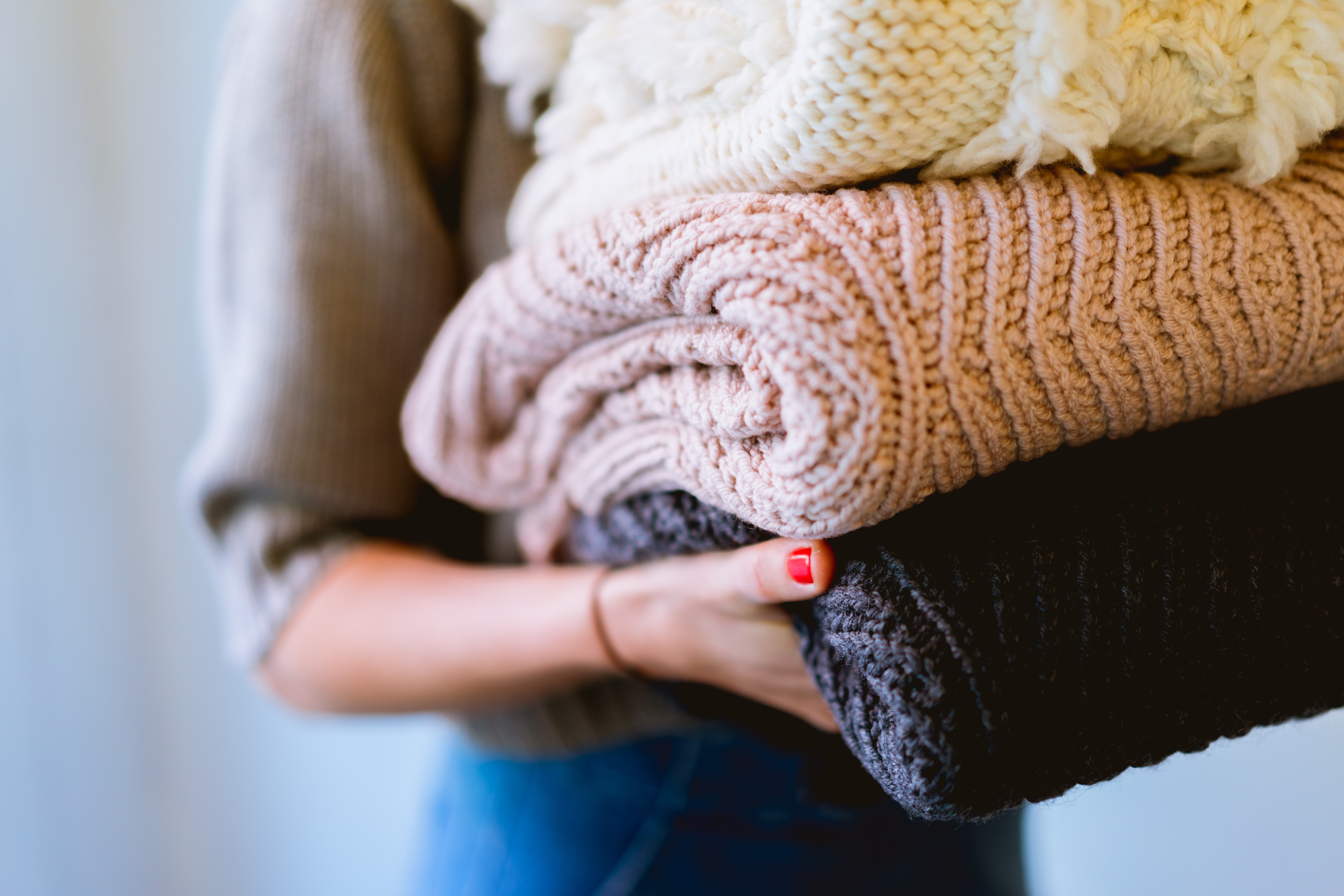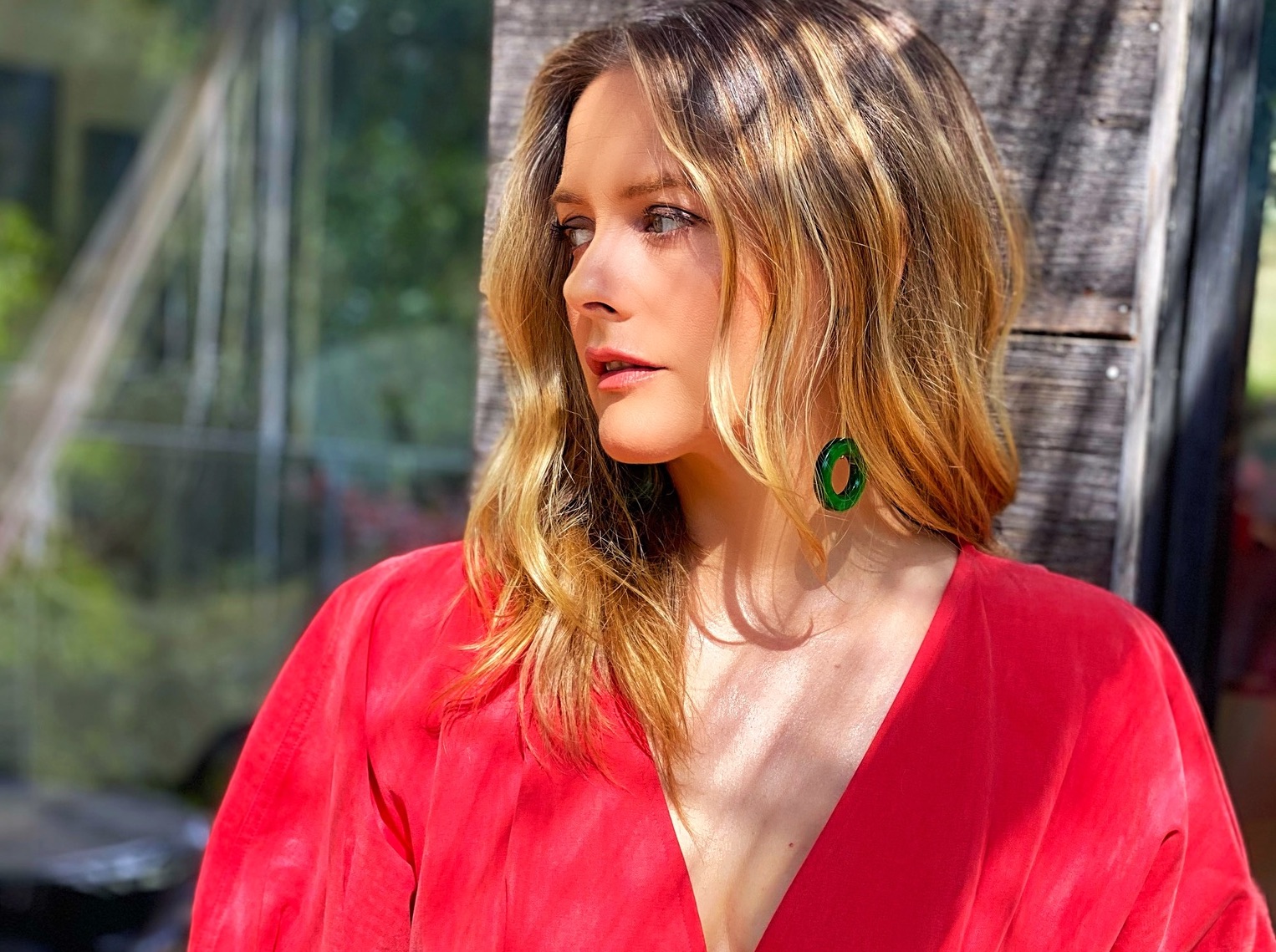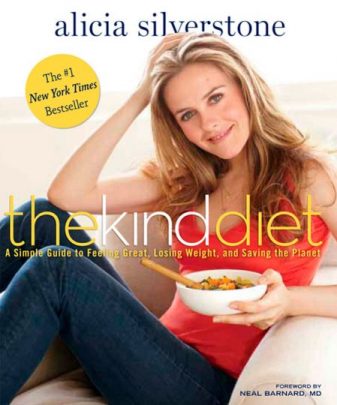When I transitioned to a vegan diet in 1997 I was still taking birth control pills, and acne wasn’t really a concern for me at that point. But people still noticed a difference in my skin. Just two weeks into my new diet, people began asking: “What is going on with you? You look so good!” I was still indulging in junk food like fries and white pasta but had given up meat and dairy and this gave me what many call a “vegan glow.”
However, when I went off the pill, my skin broke out severely. While effective at preventing pregnancy, birth control is intense on the body. It disrupts our body’s natural balance — and that isn’t healthy. My skin was a wreck. (I’ve practiced natural birth control methods for many years since. If you choose natural birth control, which is often referred to as “Natural Family Planning”, be aware that it requires perfect practice to avoid pregnancy.)
What is cystic acne, anyway?
Cystic acne is a severe form of acne that goes beyond surface-level pimples and blackheads, affecting deeper layers of the skin with inflamed cysts and nodules. It is often painful and can result in significant scarring. Hormonal fluctuations, particularly during puberty, menstruation, pregnancy, and hormonal disorders, can trigger cystic acne. Androgens — hormones that increase during these times — cause the skin to produce more oil (sebum), leading to clogged pores and acne.
While no one in my family had a history of acne, genetics can play a role. So if you do have a family history of severe acne, just know that it increases the likelihood of developing cystic acne yourself. Science has linked high glycemic index foods, dairy products, and foods high in sugar with worsening acne in some individuals. You know what else can trigger acne? Stress. And when your face is already covered all that stress can influence hormone levels, particularly cortisol, which can increase oil production and lead to acne flare-ups. It’s a vicious cycle! For me, the acne was consistent, regardless of where I was in my cycle.
Diet and acne
During the time that I went vegan and stopped the pill, I was also experimenting with a raw food diet, consuming large amounts of fruits, nuts, and other uncooked foods. I loved the taste of raw food dishes and thought this was the healthiest thing for my body at the time — but my acne only got worse.
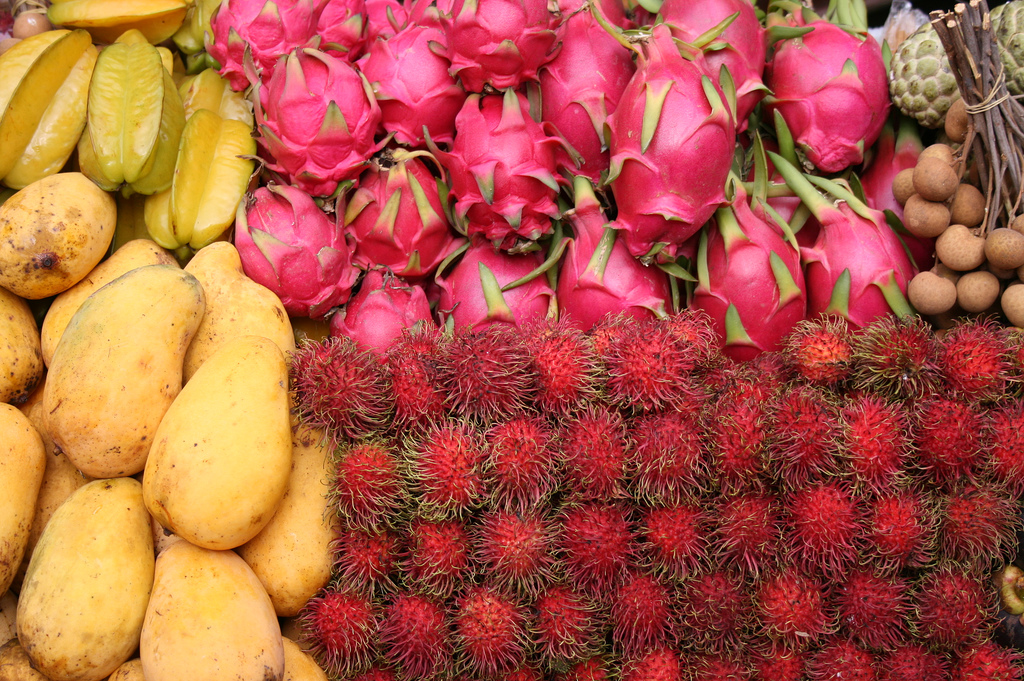
At the same time, my boyfriend (later husband) developed an interest in macrobiotics. We visited a macrobiotic counselor in New York, who suggested that a macrobiotic diet could help clear up my skin. She advised against eating raw foods like tropical fruits in the middle of a New York winter, explaining that no mangos grow in the snow anywhere in the world. She said that our bodies are like plants, and need foods that grow locally, in the correct conditions, in order for our health to thrive. It made sense to me. She emphasized that it was neither good for my body nor good for the planet to be eating mangos in winter (unless I was in the middle of Hawaii!). To address my acne, she shared several tips. I decided to try macrobiotics, combining it with my vegan diet, to create what I now call “the superhero diet”. This change made a significant difference in my skin within just a week.
Here are the major changes that made the difference:
1. I started eating whole grains at every meal.
There’s a lot of fearmongering about grains and carbs, but you won’t gain weight from eating a normal amount of whole grains. So if you are gaining weight on a healthy diet that includes grains, it might be something else, possibly too much fruit. Consider how much fruit you’re eating daily. Limiting your grains to half to three-quarters of a cup per meal and chewing well might also help. Ensure your diet is balanced and superhero-style, with plenty of vegetables and legumes.
One grain I appreciate for healthy skin is barley. It isn’t as popular as other grains like rice or quinoa, but it is very healthy and has balancing properties that are believed in macrobiotics to be very good for the skin.
2. I had miso soup once a day and increased my vegetable intake.
Another food with a lot of critics is soy. But soy isn’t off-limits for me. In addition to miso, I also consume organic soy sauce and tofu. These traditional soy products have sustained Asian cultures for thousands of years with low cancer rates (until the introduction of the Western diet). I avoid processed soy products except as an occasional treat, such as when in vegan ice cream, but they’re not part of my regular superhero diet. When eating soy though, it’s important to consume organic soy as non-organic can be made from genetically modified soybeans and contaminated with high levels of pesticides and herbicides. Yuck!
One ingredient common in miso soup is seaweed — and it’s so healthy! It played a big role in healing my skin, too. There are lots of types of seaweed (kombu, nori, kelp, hijiki, dulse) and you can add any of them to most any type of soup. You likely already know nori from sushi and it’s also a great “burrito” wrapper for all kinds of ingredients. Make a hijiki salad, add dulse to a leafy green salad – there are so many ways to add seaweed to your diet and it offers lots of nutrients like B vitamins, iodine, and other minerals to help the skin. Those little dulse and kelp shakers can make it easy to shake seaweed onto any salad or rice dish for extra minerals like calcium for skin healing.
3. I chose local and seasonal produce, like apples in winter instead of pineapples, and avoided non-indigenous fruits.
Fruits like mangos and pineapples help cool people in tropical climates. It’s ideal to eat what is indigenous to your area to avoid stressing your body. When you align your diet with nature and the seasons, you align more with yourself and your best version of your body. Plus, shipping pineapples (or mangos and bananas!) around the world isn’t doing the planet any favors, either. Stick with what’s local and seasonal and see if that doesn’t feel better in general. Your best bet for finding local fruits is to visit your nearest farmers market.
4. I eliminated white sugar, white flour, and all processed foods, while continuing to avoid meat and dairy.
These days, it goes without saying that white sugar and processed foods — donuts, chips, anything deep-fried, or that looks like it would be too hard to make at home — aren’t healthy. But we all still eat them, and often too much! I overindulge in these things at times for sure, too. If you’re dealing with a health issue like acne, these are definitely foods worth avoiding as much as possible. And even if you’re perfectly healthy (good for you!) it’s best to avoid these in excess, too. Occasional treats should be fine as long as those are not everyday occurrences.
5. I reduced my consumption of fruits and nuts.
A little bit of natural fat is good for your skin, like olive oil, avocado, and even some tahini daily. However, don’t go overboard. Even local raw fruits and nuts can be bad for your skin. Eating apples and almonds is fine, but if I only consumed raw foods, especially in winter, my skin would still have issues. I limit my intake of these foods to about one cup per week. I haven’t had problems with my skin from eating olive oil, but consuming a lot of nuts or nut butter can cause trouble. (I share more about my raw food journey in the introduction of “The Kind Diet.”)
These changes cleared up my cystic acne. Although I still experienced minor breakouts around my period, they were nothing compared to before. A facialist later helped me to completely clear up these smaller breakouts. And, as I age, my skin has only improved with hormone changes and my mostly awesome diet. I play hard when I travel, and will pay for it later when I’m tired, my jeans don’t fit, and I’ve got dark circles under my eyes. But I know how to correct that with just a few good meals. I add loads of greens, steamed at dinner for extra calming vibes. In the morning, I eat them blanched for bright energy.
Setting up a strong and healthy foundation is everything. It doesn’t mean a breakout won’t ever happen, but it makes those unhealthy detours easier to rebound from and keeps my skin in a healthier place.

